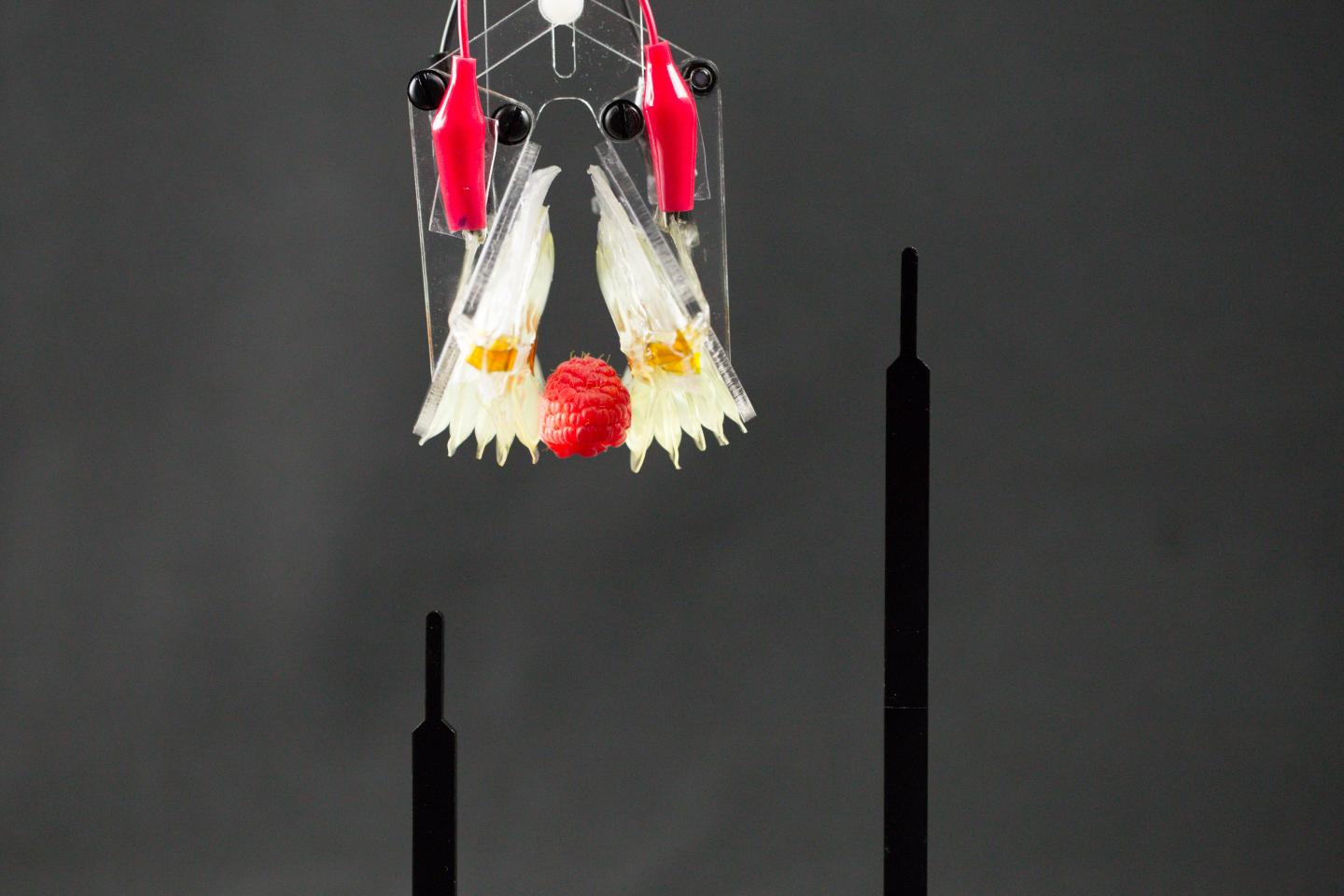Scientists are working on various methods to make robots look and move more like us. Their latest invention includes nimble, self-healing robot muscles which are extremely strong. Although they look gentle and soft, they are as powerful as an elephant. Additionally, their flexibility allows them to bend as much as an octopus. The muscles are artificial and are capable of recognizing their own movements, and they can self-heal from damage caused by electricity. Moreover, making them is more than affordable at only 10 cents.
A group of researchers from the University of Colorado Boulder have been inspired by organic muscles in order to create these soft, self-healing robot muscles. Their newly developed tech could enable them to make robots made out of metal to move flexibly, and mimic the moves of humans. Their work has been published in Science and Science Robotics.
In order to make them, scientists put vegetable oil and hydrogel in elastic pouches. Once electricity is run through it, the oil surrounded by the electrodes spasms. Further on, it pulls on the electrodes, which causes the muscle to contract and release in as fast as milliseconds. The movements of these muscles could be faster than human muscles.
The scientists were experimenting with the shapes of pouches and designed a lot of actuators with unique movements. The muscles are called “Hydraulically-amplified Self-healing Electrostatic” actuators, or HASEL actuators, as scientists call them.
“We draw our inspiration from the astonishing capabilities of biological muscle,” Christoph Keplinger, senior author of the papers and assistant professor at the University of Colorado Boulder, said in a statement. “Just like biological muscle, HASEL actuators can reproduce the adaptability of an octopus arm, the speed of a hummingbird and the strength of an elephant.”
“The ability to create electrically powered soft actuators that lift a gallon of water at several times per second is something we haven’t seen before,” said doctoral student and lead author of the Science paper Eric Acome in a statement.
“We can make these devices for around 10 cents, even now,” said Nicholars Kellaris, a doctoral student at the University of Colorado Boulder and lead author of the Science Robotics study. “The materials are low-cost, scalable and compatible with current industrial manufacturing techniques.”
Even though self-healing robot muscles are stronger, faster, and more flexible compared to that of humans, they drain a lot of power.
“The high voltage required for operation is a challenge for moving forward. However, we are already working on solving that problem and have designed devices in the lab that operate with a fifth of the voltage used in this paper,” Acome explained.
These are not the first flexible actuators. A team from Harvard University and the Massachusetts Institute Technology engineered robotic muscles that were inspired after origami and are also extremely strong.





